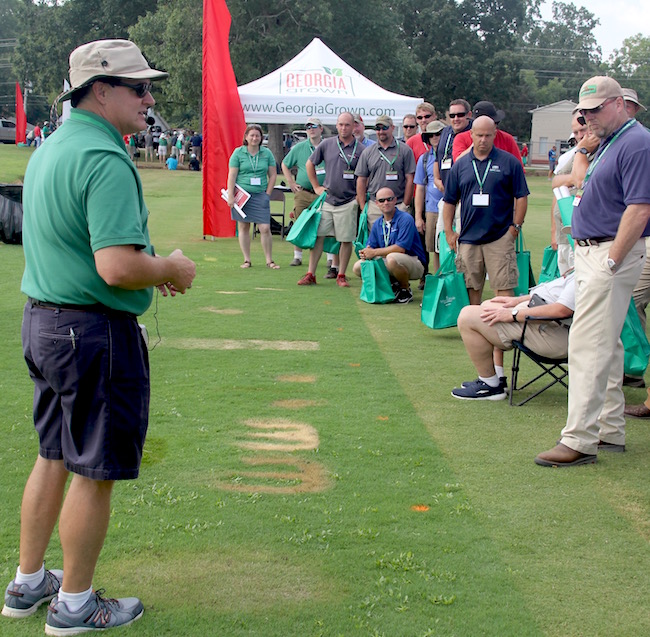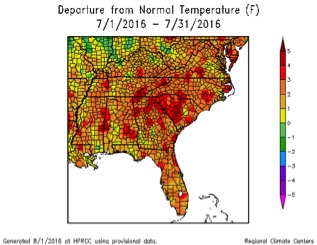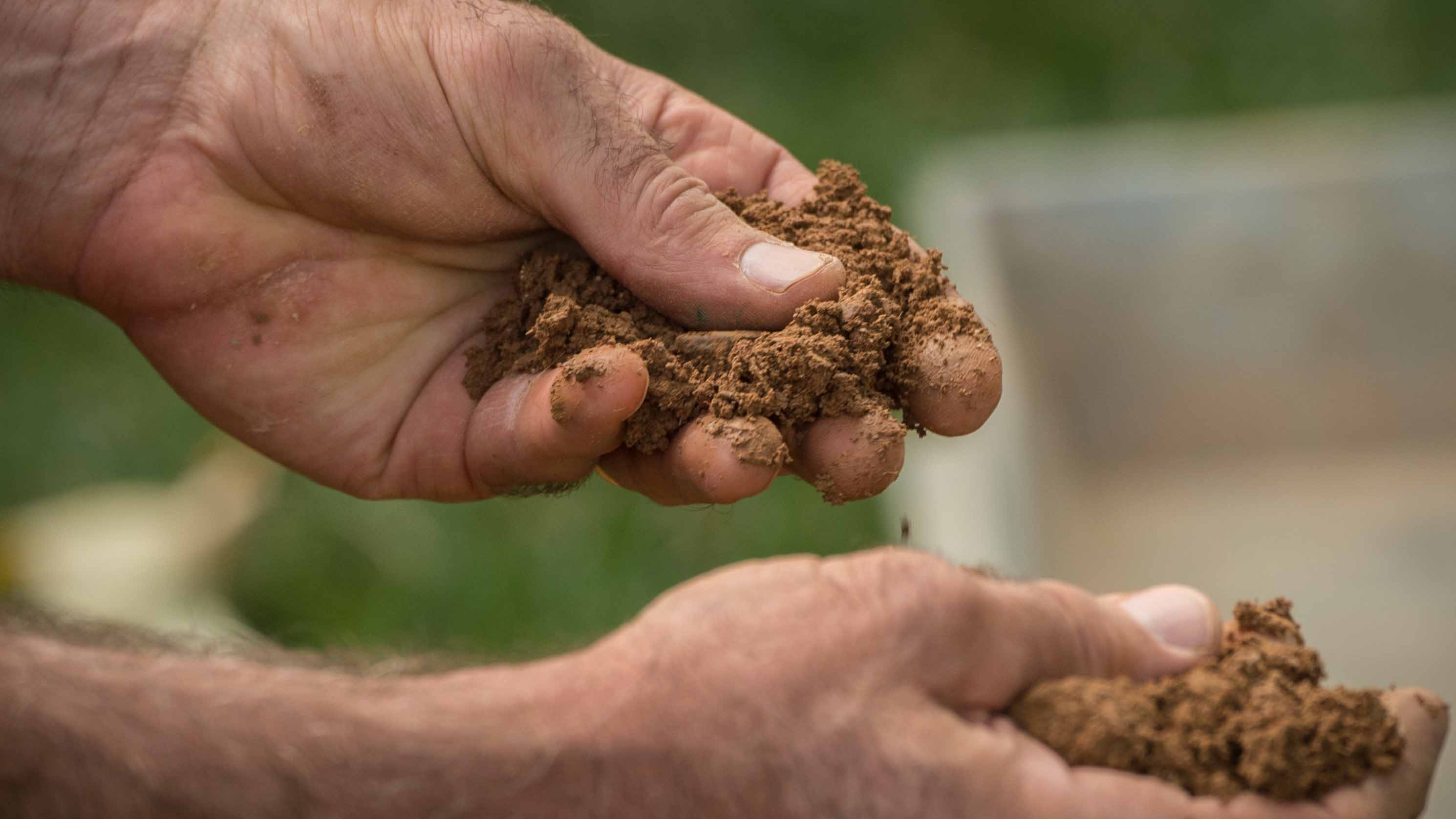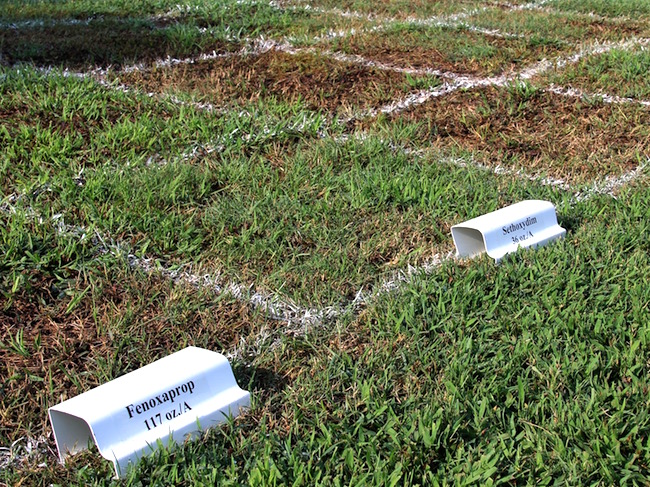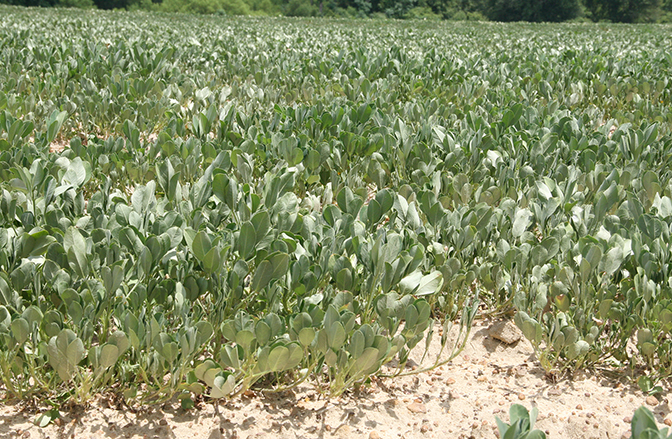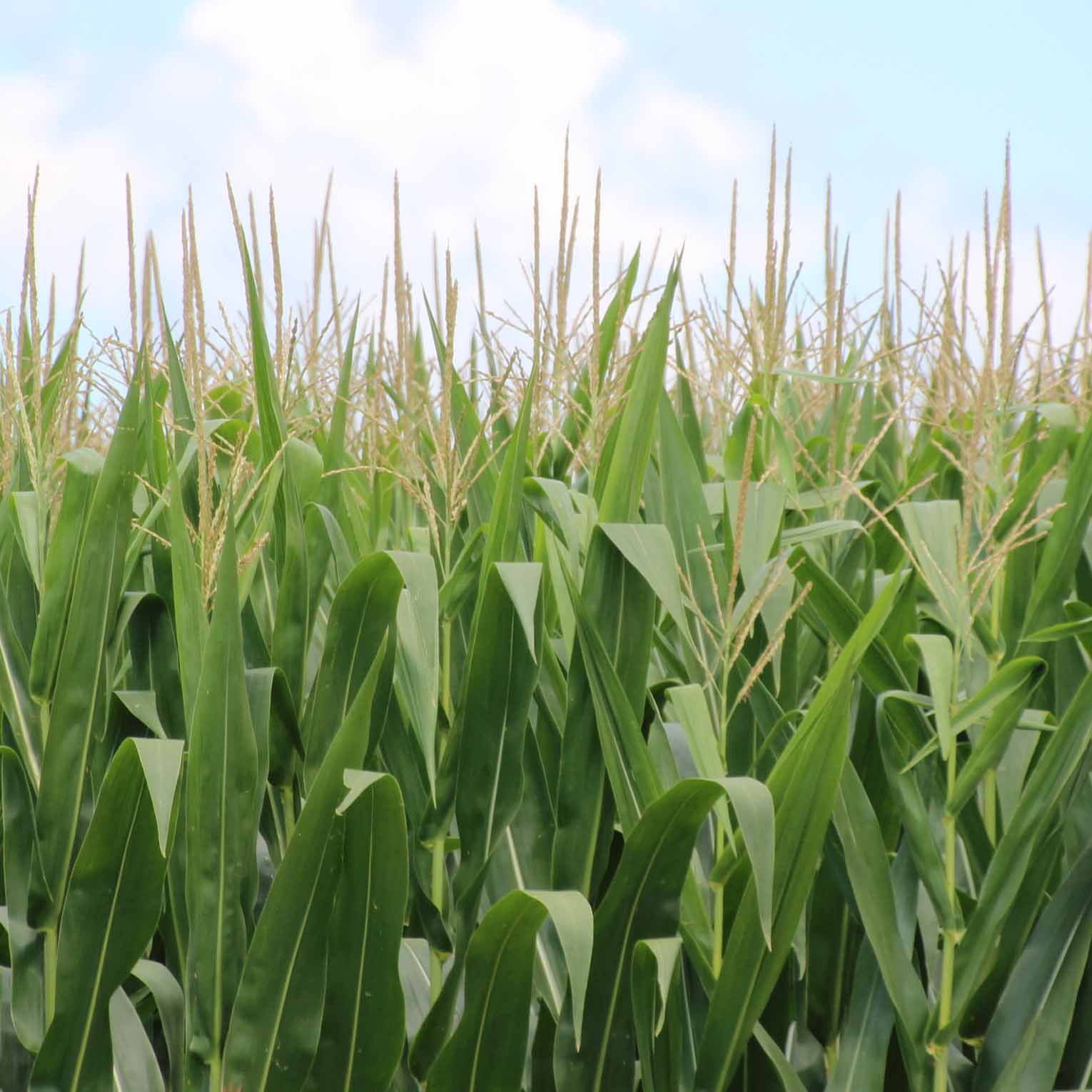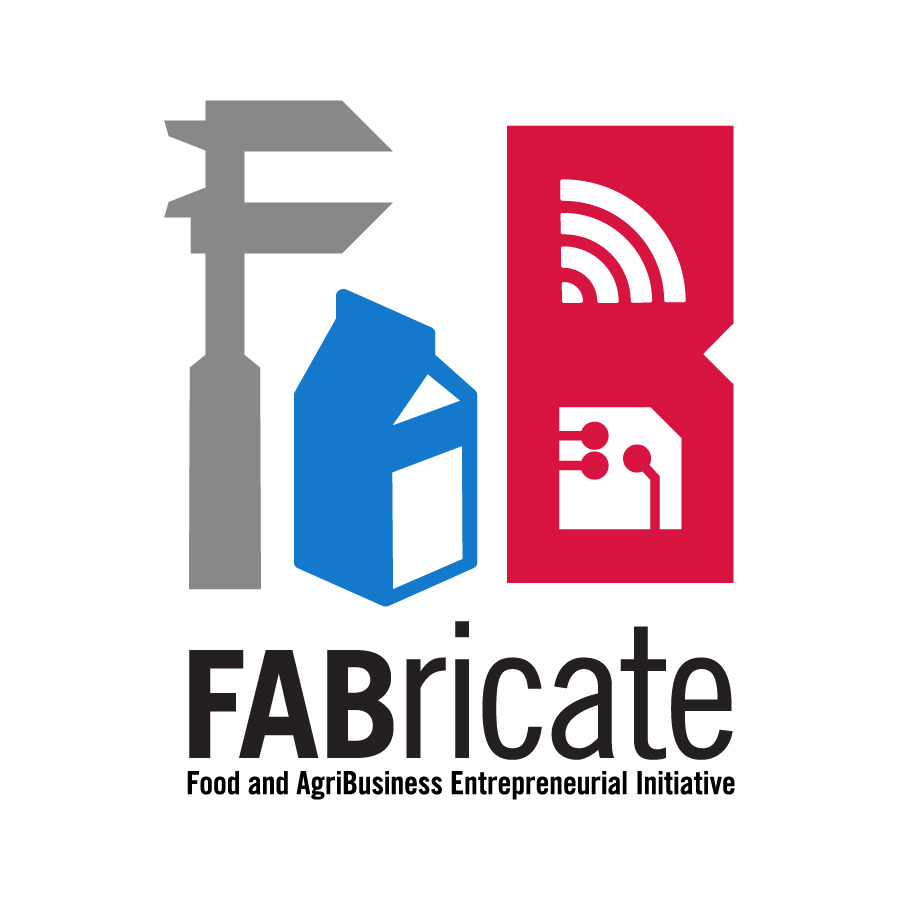 CAES News
CAES News
FABricate Challenge
From the development of the iron plow to the noble impulse to turn peanuts into a delicious sandwich spread, groundbreaking visionaries have repeatedly reshaped the way the world eats.



